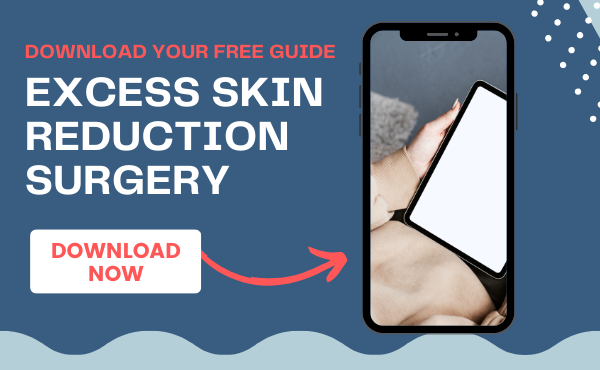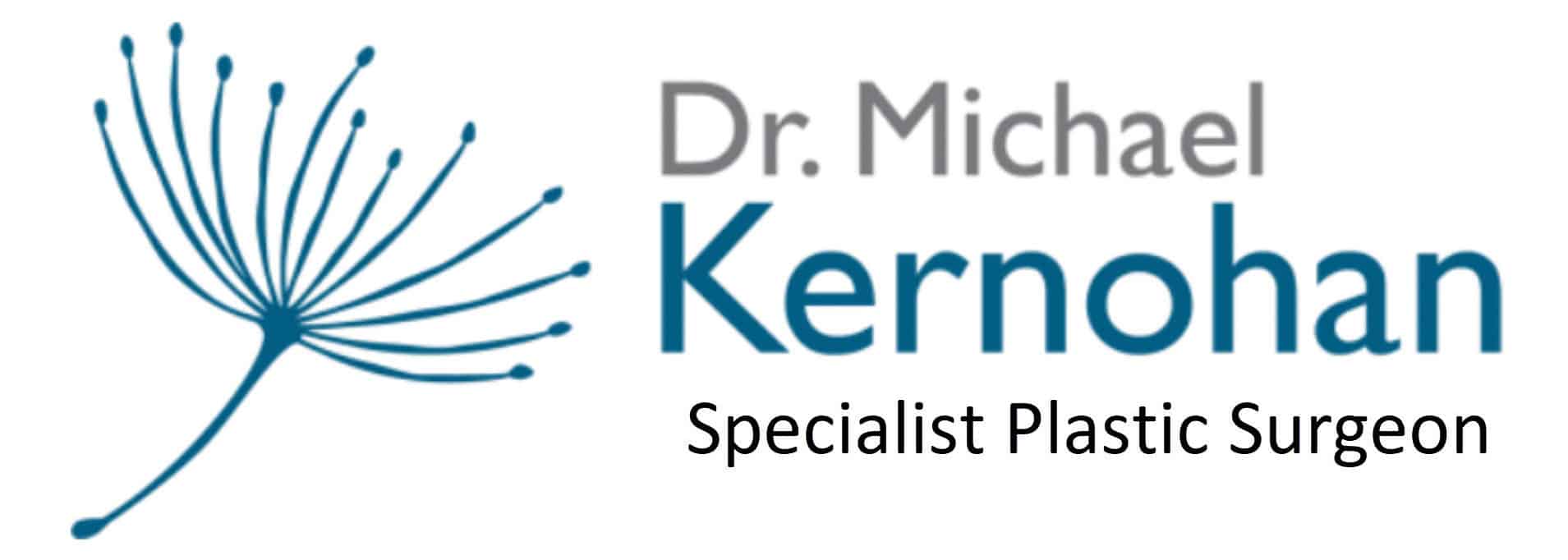Does Medicare Cover Arm Lift Surgery in Sydney?
Arm lift surgery, medically termed ‘brachioplasty’, is a procedure performed to alter the appearance of the upper arms. This type of surgery is considered by individuals seeking to remove excess skin and fat between the underarm and the elbow. The primary objective is to reshape this part of the arm, resulting in smoother skin and more defined contours. Understanding Medicare Australia’s coverage for procedures like arm lift surgery is essential. In Australia, the healthcare system provides various levels of support for medical and surgical procedures, but the specifics can often be complex and require thorough comprehension. Particularly for surgeries that straddle the line between cosmetic and reconstructive, it’s important to have a clear understanding of what is covered and under what circumstances. Knowing the ins and outs of this coverage can significantly influence your decision-making process and financial planning.
In this blog, Specialist Plastic SurgeonDr Michael Kernohanwill give detailed information that will guide you through the various aspects of arm lift surgery in the context of Medicare Australia. From understanding the basic eligibility criteria to discussing the nuances of item numbers and required documentation, this blog aims to provide you with a clear and thorough understanding.
Take the Quiz
What Is Arm Lift Surgery?
Arm lift surgery is a surgical procedure designed to improve the appearance of the upper arms. This procedure involves the removal of excess skin and fat from the area between the underarm and the elbow, reshaping the underlying supportive tissue. The purpose is to create a more toned arm contour, especially in cases where weight fluctuations, ageing, or hereditary factors have led to sagging or drooping skin that does not improve with exercise or diet.
Several factors lead individuals to consider arm lift surgery:
- Ageing: As one ages, skin elasticity diminishes, often resulting in loose, sagging skin around the upper arms
- Weight Fluctuations: Significant weight loss can leave behind excess skin that has lost its ability to retract naturally
- Heredity: In some cases, individuals may be predisposed to having excess skin or fat in the arm area due to genetic factors
- Desire for Improved Appearance: Many opt for this surgery to enhance the shape and appearance of their arms, particularly when other methods like exercise have not yielded the desired results
The outcomes you can expect from arm lift surgery can include:
- Enhanced Arm Contour: The surgery aims to provide a more toned and defined appearance to the arms
- Improved Comfort: Reduction of excess skin can alleviate the discomfort associated with skin chafing and irritation
However, it’s essential to be aware of the potential risks associated with this procedure:
- Scarring: Incisions are necessary for this surgery, which can result in visible scars. Although these scars can fade over time, they might not disappear completely
- Asymmetry: There’s a possibility of slight differences in the shape or size of your arms post-surgery
- Surgical Risks: As with any surgery, there are risks such as infection, bleeding, or complications from anaesthesia
- Temporary Changes in Sensation: You may experience numbness or a change in skin sensation, which usually resolves over time
Before deciding to proceed with arm lift surgery, it’s important to consult with a qualified plastic surgeon, such as Dr Michael Kernohan. During this consultation, you should discuss your goals and expectations, as well as any concerns you might have about the procedure. Dr Kernohan will evaluate your individual circumstances, considering factors such as skin quality and arm structure, to determine if you are a suitable candidate for the surgery.
Download Dr Kernohan’s Excess Skin Reduction Guide

Medicare for Cosmetic Surgery
In Australia, the Medicare system has specific guidelines regarding the coverage of surgical procedures, including those of a cosmetic nature. Understanding Medicare Australia’s stance on cosmetic surgery is important for anyone considering such procedures, as it directly impacts the financial aspects of your healthcare decisions.
Medicare generally distinguishes between cosmetic surgery and medically necessary procedures:
- Cosmetic Surgery: These are procedures performed primarily to enhance appearance without a medical indication. Typically, cosmetic surgeries are elective and pursued for personal reasons. Examples include facelifts, breast augmentations, and certain types of liposuction. Medicare does not provide coverage for purely cosmetic procedures, as they are not deemed medically necessary
- Medically Necessary Procedures: These are surgeries undertaken to treat or prevent a medical condition, alleviate severe pain, or reduce the risk of health complications. Examples include reconstructive surgery after an accident or treatment for skin cancer. In these cases, Medicare coverage is often provided, as they are considered essential for the patient’s health
The distinction between cosmetic and medically necessary procedures is not always clear-cut. Some surgeries can fall into a grey area where they serve both aesthetic and medical purposes. For example, a breast reduction might be sought for aesthetic reasons but can also alleviate physical discomfort and back pain, potentially qualifying for Medicare coverage. Similarly, an arm lift surgery, while often perceived as cosmetic, can be medically indicated in cases where excess skin causes hygiene issues or restricts movement.
To navigate these distinctions, Medicare uses specific criteria and item numbers to classify procedures. Each item number corresponds to a particular surgical procedure and dictates whether it’s eligible for coverage. These item numbers are used by medical practitioners to bill Medicare and by patients to understand what aspects of their treatment may be covered.
When considering a procedure that might be perceived as cosmetic, it’s crucial to consult with your plastic surgeon who can advise on whether your case might qualify for Medicare coverage. He can provide guidance on the criteria that need to be met and assist in documenting the medical necessity of the procedure.
MBS Item Number for Arm Lift
MBS Item 30169 defines the criteria and conditions under which brachioplasty is covered. This includes removal of redundant non-abdominal skin and lipectomy for functional problems following significant weight loss equivalent to at least 5 body mass index points and if there has been a stable weight for a period of at least 6 months prior to surgery, one or 2 non-abdominal areas, other than a service associated with a service to which item 30175, 30176, 45530, 45531, 45564, 45565, 45567, 46060, 46062, 46064, 46066, 46068, 46070, 46072, 46080, 46082, 46084, 46086, 46088 or 46090 applies (H)
Eligibility Criteria
Coverage for brachioplasty under this item usually requires meeting certain medical criteria. This might include situations where a patient has undergone significant weight loss resulting in excess skin that causes functional issues or health concerns like skin infections or hygiene problems.
To claim under Item 30169, surgeons and patients must ensure proper medical documentation. This documentation is important to establish the medical necessity of the procedure, detailing how the patient’s condition aligns with the criteria set out in the MBS.
While Item 30169 may provide a Medicare rebate for eligible cases, patients should be aware of potential out-of-pocket expenses. These can include your surgeon fees, hospital costs, and anaesthetic fees that are not fully covered by Medicare.
Additional Funding and Insurance Considerations
When planning for arm lift surgery, it’s important to consider all financial aspects, including supplementary insurance options and the interaction between private health insurance and Medicare.
Supplementary Insurance Options
- Private Health Insurance: Usually follows the decision Medicare has made regarding your eligibility for a rebate. It’s important to review your policy and discuss with your insurance provider what aspects of the surgery are covered
- Gap Cover: Some insurance policies offer gap cover, which can help pay the difference between what your surgeon charges and what Medicare and your private health insurance cover
- Additional Coverage: Consider policies that offer coverage for ancillary expenses, such as rehabilitation or post-operative care, which might not be covered by Medicare
- Understanding the Coordination: Medicare typically covers a portion of the medical fees for eligible procedures. If you have private health insurance, it may cover some of the remaining costs. However, it’s essential to understand how these two interact and what your policy specifies
- Informed Financial Consent: Before undergoing surgery, obtain informed financial consent from your plastic surgeon. This document should outline the costs you can expect from the surgery, what Medicare will cover, and what your private insurance is likely to pay
- Claim Process: You will need to claim from Medicare first before claiming any remaining amount from your private health insurance if applicable
FAQs about Medicare for Arm Lift Surgery

What is Medicare item number 30169?
- Medicare item number 30169 refers to a specific category within the Medicare Benefits Schedule (MBS) in Australia, which is related to brachioplasty or arm lift surgery. This item number is used by your plastic surgeon when billing Medicare for the procedure, indicating that it falls under a specific set of criteria outlined by Medicare.
Does Medicare item number 30169 cover the full cost of an arm lift surgery?
- While item number 30169 allows for a Medicare rebate for eligible arm lift surgeries, it usually does not cover the full cost. Patients will still be responsible for out-of-pocket expenses, including your surgeon fees, hospital charges, and anaesthetic costs. The exact coverage and patient costs can vary depending on individual circumstances and specific Medicare policies.
What are the eligibility criteria for an arm lift surgery under Medicare item number 30169?
- Eligibility under item number 30169 requires the surgery to be deemed medically necessary rather than purely for cosmetic reasons. This can include conditions where excess skin and fat in the arm area cause functional impairment, health issues like repeated skin infections, or significant discomfort due to substantial weight loss.
How do I know if I’m eligible for coverage under Medicare item number 30169 for my arm lift surgery?
- To determine eligibility, you should consult with your Dr Kernohan’s team. They will assess your individual case against the Medicare criteria. You may also need to provide medical documentation and a referral from your general practitioner (GP) supporting the medical necessity of the surgery.
What is the process for claiming an arm lift surgery under Medicare item number 30169?
- The process involves consulting with your surgeon to confirm eligibility, obtaining any necessary referrals, and having the surgery performed. Post-surgery, your surgeon will use item number 30169 to claim a portion of the surgery cost from Medicare. You will then be responsible for submitting any additional claims to your private health insurance (if applicable) and covering any remaining out-of-pocket costs.
Further Reading about Excess Skin Surgery with Sydney Plastic Surgeon Dr Michael Kernohan
- Read more about Arm Lift Sydney NSW
- Read more about Upper Body Lift NSW
- Read more about Body Contouring after Weight loss NSW
- Read more about How to Get a Flat Tummy
- Read more about Wearing Compression Garments after Tummy Tuck- Abdominoplasty
Medical References about Excess Skin Surgery
- Skin removal surgery: Types, recovery, and what to expect – Medical News Today
- Tummy tuck (abdominoplasty) – NHS
- Body Contouring Following Massive Weight Loss – NCBI
- Factors Associated with Excess Skin After Bariatric Surgery – NCBI
- Excess Skin Removal: What It Is, Surgery, Procedures – Cleveland Clinic





